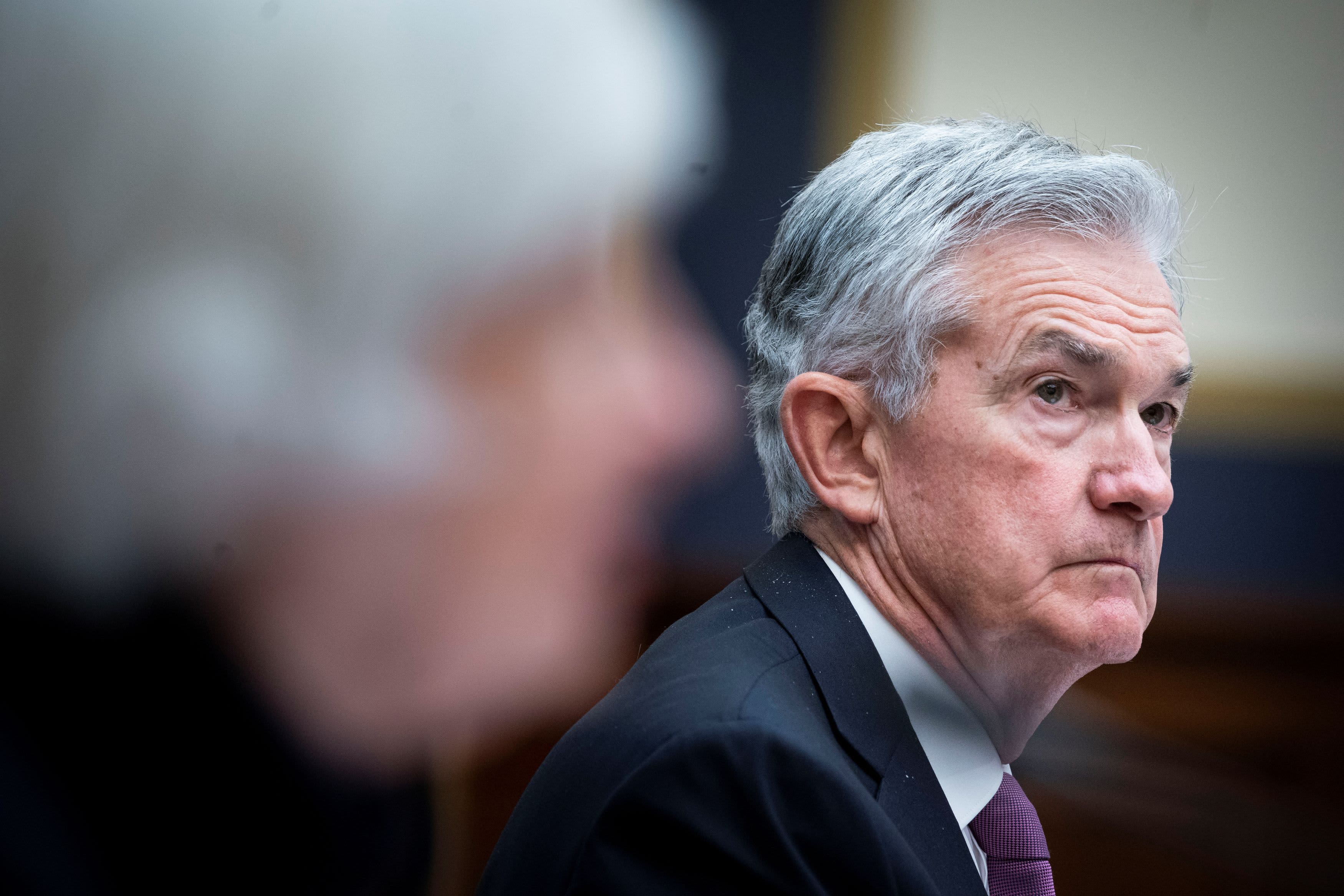Expect more tough talk from the Federal Reserve, as it may consider winding down its bond program sooner than expected.
Based on comments from a number of Fed officials, market pros now expect the central bank to discuss at the Dec. 14 and 15 meeting whether they should move even faster to end their quantitative easing program.
“They’re going to accelerate tapering in December, and it now looks like growth could easily cross 6% and could approach 7% in the fourth quarter,” said Diane Swonk, chief economist at Grant Thornton. “The economy is strong and hot. It’s not a bad thing. It’s a boom. You can’t escape it. The Fed has to adjust.”
Even if it doesn’t decide to cut back on more bond purchases in December, the Fed’s tone should sound much more hawkish than it has previously in the post-pandemic era.
A tougher Fed
Fed officials announced after their early November meeting that they would begin to slow the bond purchases at a pace of $15 billion a month, effectively ending the program in the middle of 2022. Once that program is complete, the door is open for the Fed to begin lifting its fed funds target rate from zero.
Minutes from that meeting, released Wednesday, show that some Fed officials want a faster pace of tapering assets, and various members said the central bank may need to raise interest rates faster if inflation keeps rising. Stocks sold off after the 2 p.m. release.
“If they want to have any distance whatsoever between tapering and liftoff, they need to get it out of the way. It’s justified. We have a strong economy,” Swonk said.
San Francisco Fed President Mary Daly, considered a dove, was the latest official on Wednesday to say the central bank could speed up the end of its $120 billion monthly bond-buying program.
In the past week, expectations for a Fed rate hike have moved up dramatically, and Daly’s comment pushed them even higher.
Now, the futures market reflects a 66% chance of a quarter point May rate hike and a 60% of a third rate hike by next December, according to Peter Boockvar, chief investment officer at Bleakley Advisory Group. Other rates have also been moving higher, especially the 2-year bond, which is closely linked to fed funds.
The 2-year was at 0.64% Wednesday.
Fed Governor Christopher Waller and Fed Vice Chairman Richard Clarida both mentioned accelerating the taper process last week. Waller said last Friday that the Fed should end its purchases by April, instead of June.
“Now it’s a real thing at the December meeting, whether the Fed will make a decision about speeding up tapering or they’ll say they talked about speeding up the taper,” said Boockvar. He said by December, the Fed will also have more data, showing more hot consumer inflation, and a strong jobs market.
A balancing act for the Fed
The latest report was core personal consumption expenditures inflation, up 4.1% year over year in October, the highest since 1991. Economists expect November’s employment report to show more than 500,000 payrolls were added, when it is released a week from Friday. Weekly jobless claims were at 199,000, the lowest since 1969.
But Vincent Reinhart, chief economist at Dreyfus and Mellon, does not expect the Fed to decide to taper faster.
“We’re at a phase where market participants are getting ahead of themselves. All Fed officials are doing is saying they want to have options available. I think they want to sound more hawkish in that context,” said Reinhart. “What happens if market participants think you are clueless about inflation and you are behind the curve…The paradox they’re in is by talking tough, they may not have to be as tough.”
He said it is a balancing act for the Fed to sound like it is ready to fight inflation but not to sound so hawkish that the market moves too much.
“The fact that they’re taking $15 billion off a month is already fast by precedents,” he said. “But I don’t think they would do it unless they want to send an extremely strong signal… To change asset purchases would be to send such an extremely strong signal because it’s a blunt instrument. They probably don’t want to resort to that. They don’t get a lot out of it if you’re only talking about moving forward the date by a couple of months.”
President Joe Biden selected Fed Chairman Jerome Powell for a second term this week. His confirmation hearing is expected to be before Congress next month, and that should be an opportunity for him to sound more hawkish and emphasize that the Fed will do what it needs to curb inflation.
Boockvar said he expects the central bank will focus on the bond program before it needs to adjust its view on interest rates. In the past, markets became volatile as quantitative easing programs were ended. “I think the Fed’s going to focus on getting done with the taper first without creating any accidents. There’s no point for them to speculate on when they’re going to raise interest rates,” he said.
